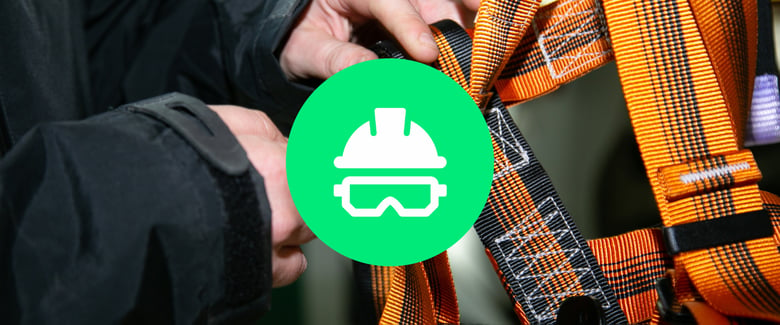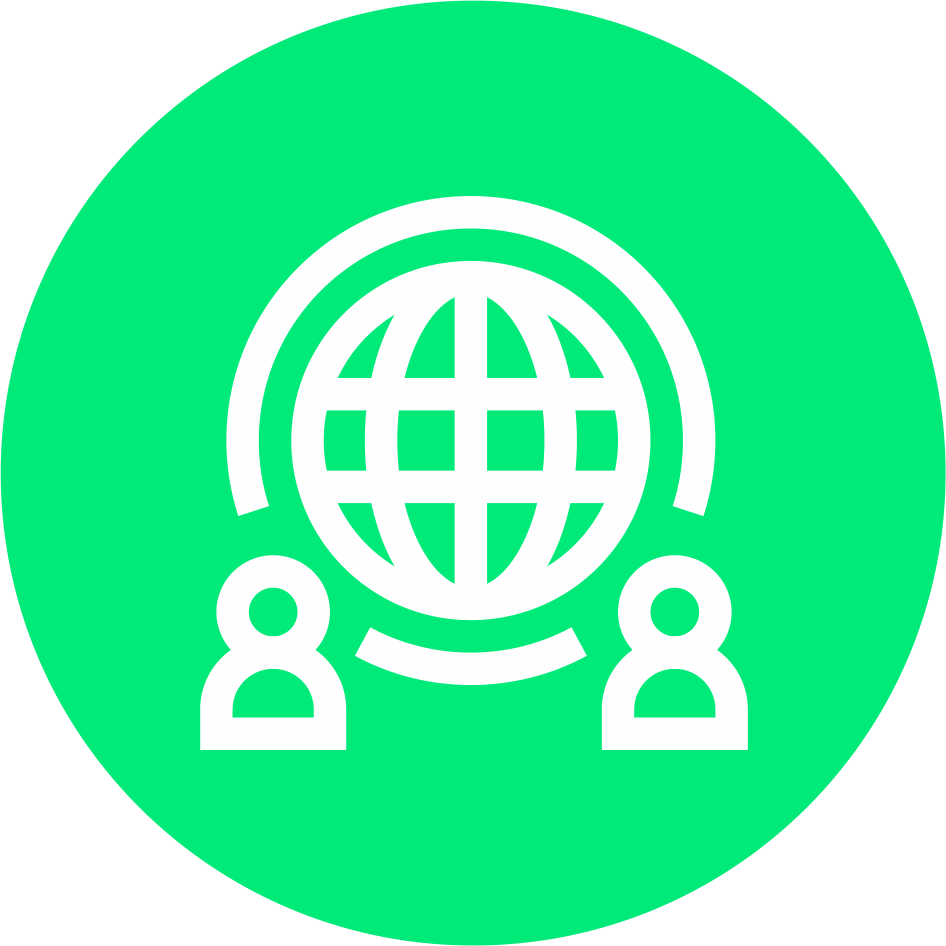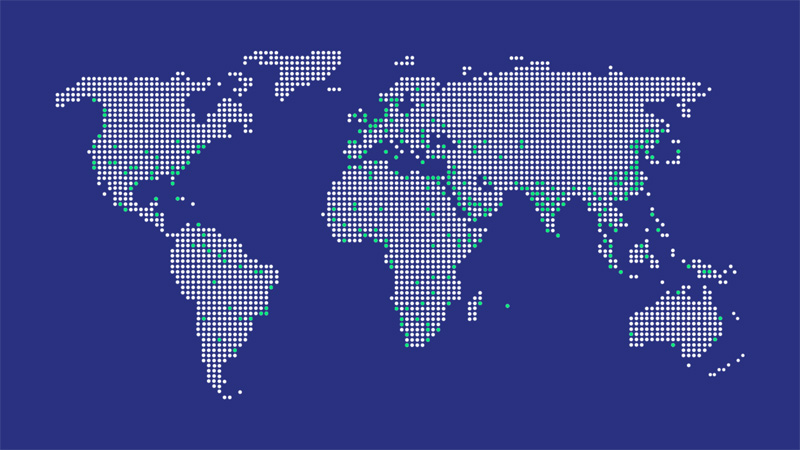Safety Equipment and Personal Protective Gear Pre-Shipment Inspections.
Ensuring quality, protecting lives - pre-shipment inspection matters!
Get quotes to inspect safety equipment and personal protective equipment before shipment anywhere in the world.
Get quotes for Safety Equipment and PPE Inspections!
Pre-shipment inspection is a crucial step in ensuring the safety and quality of safety equipment and protective gear during the manufacturing and distribution process. This rigorous examination confirms compliance with safety regulations, adherence to strict quality standards, and the absence of defects or malfunctions. Conducting a pre-shipment inspection provides both manufacturers and importers with the assurance that their products are safe and reliable, avoiding potential risks and liabilities down the line. This process not only benefits end-users but also safeguards the reputation and credibility of the businesses involved. Ultimately, pre-shipment inspection plays a vital role in delivering high-quality safety equipment and protective gear that meet industry standards.

If you're involved in manufacturing, exporting, or importing these products, it's essential to conduct a pre-shipment inspection to ensure that the goods meet the required safety standards. Hiring a professional pre-shipment inspector is a smart decision that can help you avoid potential risks and legal issues in the future.
Why do you need a pre-shipment inspection?
Safety equipment and protective gear are designed to safeguard lives and prevent injuries. Governments and regulatory bodies have established stringent safety standards and regulations that these products must meet. By hiring a pre-shipment inspector, you can ensure that your safety equipment complies with these regulations before they are shipped to its final destination. This helps you avoid penalties, product recalls, and reputation damage that may arise from non-compliance.
In the realm of safety equipment, compromised quality is not an option. Whether it's helmets, gloves, safety goggles, or other protective gear, substandard quality can pose serious risks to users. A pre-shipment inspection provides an opportunity to verify the quality of the products, ensuring that they are manufactured to the highest standards. Inspectors evaluate factors such as materials used, construction, durability, and performance to ascertain that the safety equipment and protective gear are fit for purpose.
During the manufacturing process, errors or defects may occur that compromise the functionality of safety equipment and protective gear. These defects can range from minor issues like loose stitching to major faults that render the product ineffective or unsafe. A pre-shipment inspection allows an experienced inspector to meticulously examine the products for any such defects or malfunctions. By identifying these issues early on, you can address them before the products are shipped, thereby minimizing the chances of accidents or failures in the field.
If safety equipment and protective gear fail to perform as intended, the consequences can be severe, ranging from personal injuries to legal liabilities. By conducting a pre-shipment inspection, you demonstrate your commitment to delivering safe and reliable products. Should any issues arise in the future, you have documented evidence that the products were inspected and met the required standards before shipment. This can help protect you from potential legal disputes and safeguard your reputation as a responsible manufacturer or importer.
In today's market, consumers and businesses alike prioritize safety and quality. By having a pre-shipment inspection conducted by an independent third-party inspector, you can enhance your credibility and build trust with your customers. It shows that you are willing to go the extra mile to ensure that your products meet the highest safety standards. This level of transparency and commitment to quality can strengthen your relationships with existing clients and attract new customers who value safety above all else.

When inspecting safety equipment and protective gear before shipment, inspectors use a range of methods to ensure a complete and accurate evaluation of the products. Check out these common methods used by inspectors:
Functional Testing: The inspector tests the functionality of safety equipment and protective gear to verify that they perform as intended. This may include testing the operation of fasteners, zippers, closures, adjustable straps, and other functional components.
Material Testing: The inspector may conduct material tests to ensure that the materials used in the products meet the specified standards for safety, durability, and performance. This can involve tests for tensile strength, abrasion resistance, chemical resistance, flame resistance, and more.
Sizing and Fit Verification: In the case of safety equipment like helmets, goggles, or gloves, the inspector may verify that the sizing is accurate and that the products fit properly. This can involve measuring dimensions, checking adjustment mechanisms, and assessing the overall comfort and ergonomic design.
Labelling and Marking Check: The inspector ensures that the safety equipment and protective gear are properly labelled and marked with required information such as product names, model numbers, safety certifications, warnings, and usage instructions.
Packaging Inspection: The inspector examines the packaging materials and methods to ensure that they provide adequate protection during transportation and storage. This includes assessing the packaging integrity, labelling accuracy, and any specific requirements for handling or storage.
Documentation Review: The inspector reviews the necessary documentation related to the products, such as certificates of compliance, test reports, manufacturing records, and other relevant paperwork to ensure that everything is in order and aligns with regulatory requirements.
Sample Testing: In certain cases, the inspector may select random samples from the batch for further laboratory testing to validate specific product characteristics, such as impact resistance, UV protection, or filtration efficiency.
Compliance Verification: The inspector cross-checks the safety equipment and protective gear against relevant safety standards, industry-specific regulations, and customer requirements to ensure that the products meet all necessary compliance criteria.
Get Safety & Personal Protective Equipment inspection quotes anywhere in the world.
Why Choose Us
Global network of qualified inspectors
Only professional outfits are registered on our platform. Vetted and screened, so you don't get any nasty surprises when selecting your quality control provider!

Remote (Guided) inspections
Our inspectors are capable of receiving remote instruction, and guidance during specialized inspections. Ensuring that we meet required specifications.

You control the timeline
You have control over the timeline including the quote deadline, the inspection date and the date of the report. Allowing your inspections to seamlessly integrate into your logistics.






